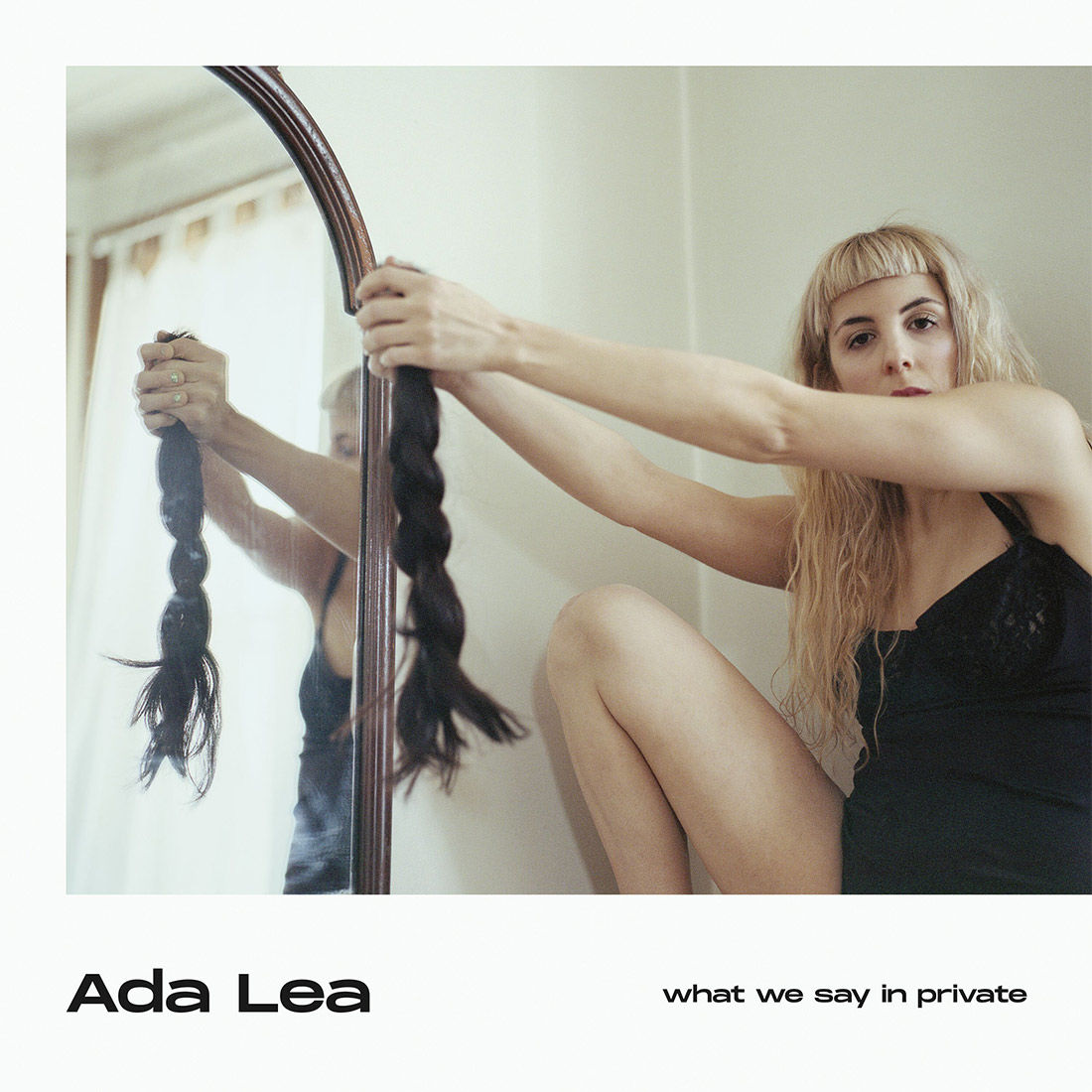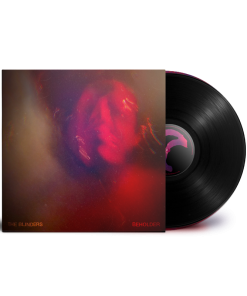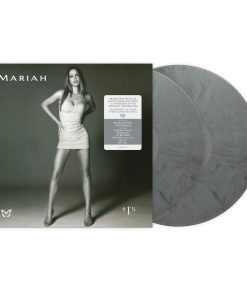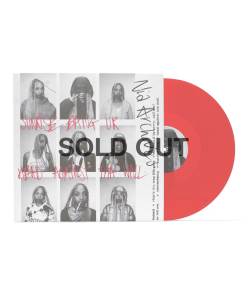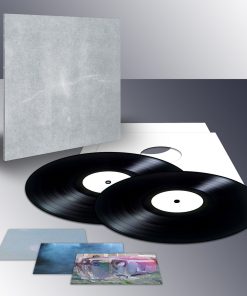What We Say In Private: Vinyl LP Ada Lea
$ 16,99 $ 10,19
“Montreal, Quebec-based musician Ada Lea is also a painter and visual artist, and traces of her many creative abilities run throughout her debut album what we say in private, a beautifully colorful collection of profound pop songs to be released later this summer via Saddle Creek.
To her, music and visual art are different vessels for communicating similar ideas. Ada Lea’s appreciation of female artists — including the writer Sylvia Plath, visual artists Frida Kahlo and Eva Hesse, and musicians Karen Dalton and Nina Simone — provides inspiration and guidance, informing her use of multiple artforms as tools for self-expression. Whether it’s creating music or art, “It’s a world that I can build around me and sit inside,” she says. Through all her work, Ada Lea explores the concept of womanhood as it feels and looks to her, as well as love and how it transforms over time. She doesn’t shy away from exploring uncomfortable and painful emotions, either. With the brightness of love, strength, and hope contrasted with the darkness of loss, suffering, isolation, and abandonment, what we say in private is a varied and vivid record that constantly seems to shift in the light, bringing together all the intricate influences she’s collected over the years.
What we say in private began with a need to document the ending of an important romantic relationship. Following a tormented period of staying up all night (sometimes days at a time), frantically painting or writing songs as a means of coping, she journalled for 180 days in the hope of finding herself again. She conducted this period of analysis and introspection in private, like most of her creative pursuits, and the process eventually resulted in a rebirth: a rediscovery of self and a new sense of freedom and self-acceptance.
These chaotic feelings and the resulting catharsis are deeply felt in the final recording of what we say in private. Ada Lea wanted the album to feel like a journal entry from those 180 days as she cycled through emotions. Throughout, she expresses feelings and thoughts that all humans experience behind closed doors and alone, but are conditioned to keep to themselves. This is reflected in the lyrics, the artwork, and the songs — together forming a public exhibition of deeply private matter. The album is a collection of raw, confessional, and at times messy emotions, presented to a society that can fear such realness, often favoring the uncomplicated, curated, and manicured.
Ada Lea delivers something very special on what we say in private. Bold and daring, but also gentle and vulnerable, the album finds new ways of presenting its vision from one inspired idea to the next, a big leap into the wider world with passion and exuberance.
Fast Delivery and Professional Packaging
Our long-standing relationship with UPS FedEx DHL and other carriers around the world gives us the ability to provide various shipping options. Our warehouse personnel will pack all goods to our exacting requirements. Your goods will go through an extensive inspection and will be securely secured prior to being shipped. Every day we ship thousands of packages to clients from all over the world. This is a sign of our determination to be the largest online retailer in the world. There are distribution centers and warehouses in Europe and the USA.
Orders that contain more than 1 item are assigned processing periods in accordance with the item.
Prior to shipment, all purchased items will be thoroughly inspected. The majority of orders are shipped within 48 hrs. Delivery is expected to take between 3 and 7 days.
Returns
The stock is dynamic and we do not completely manage it because multiple parties are involved, which includes our factory and warehouse. The actual stock can fluctuate at any time. It's possible that the stock may run out after your order has been processed.
Our policy lasts for 30 days. Unfortunately, if thirty days have passed from the date you purchased the item, we will not be able to offer you a return or exchange.
The item should not be used, and it must be in the original packaging. The item should be in the original packaging.
Related products
Vinyl LP
Vinyl LP
Vinyl LP
Vinyl LP
Vinyl LP
Vinyl LP
Vinyl LP
Vinyl LP
Vinyl LP
Vinyl LP
Vinyl LP
